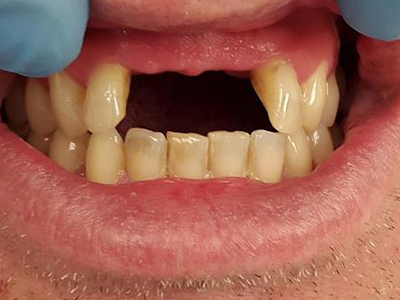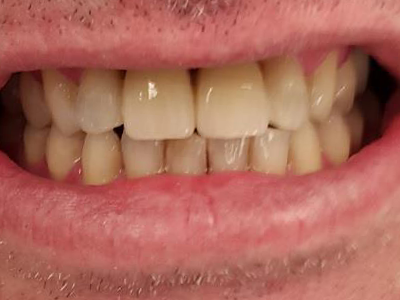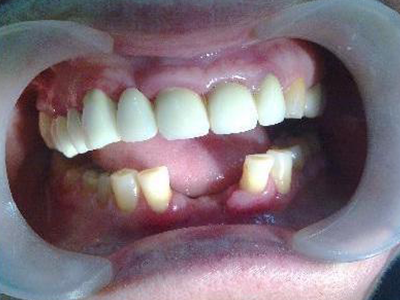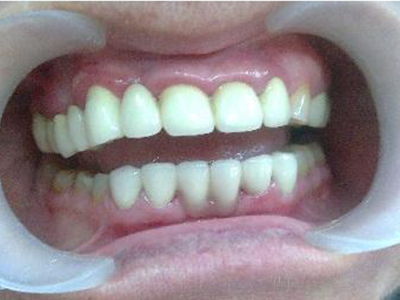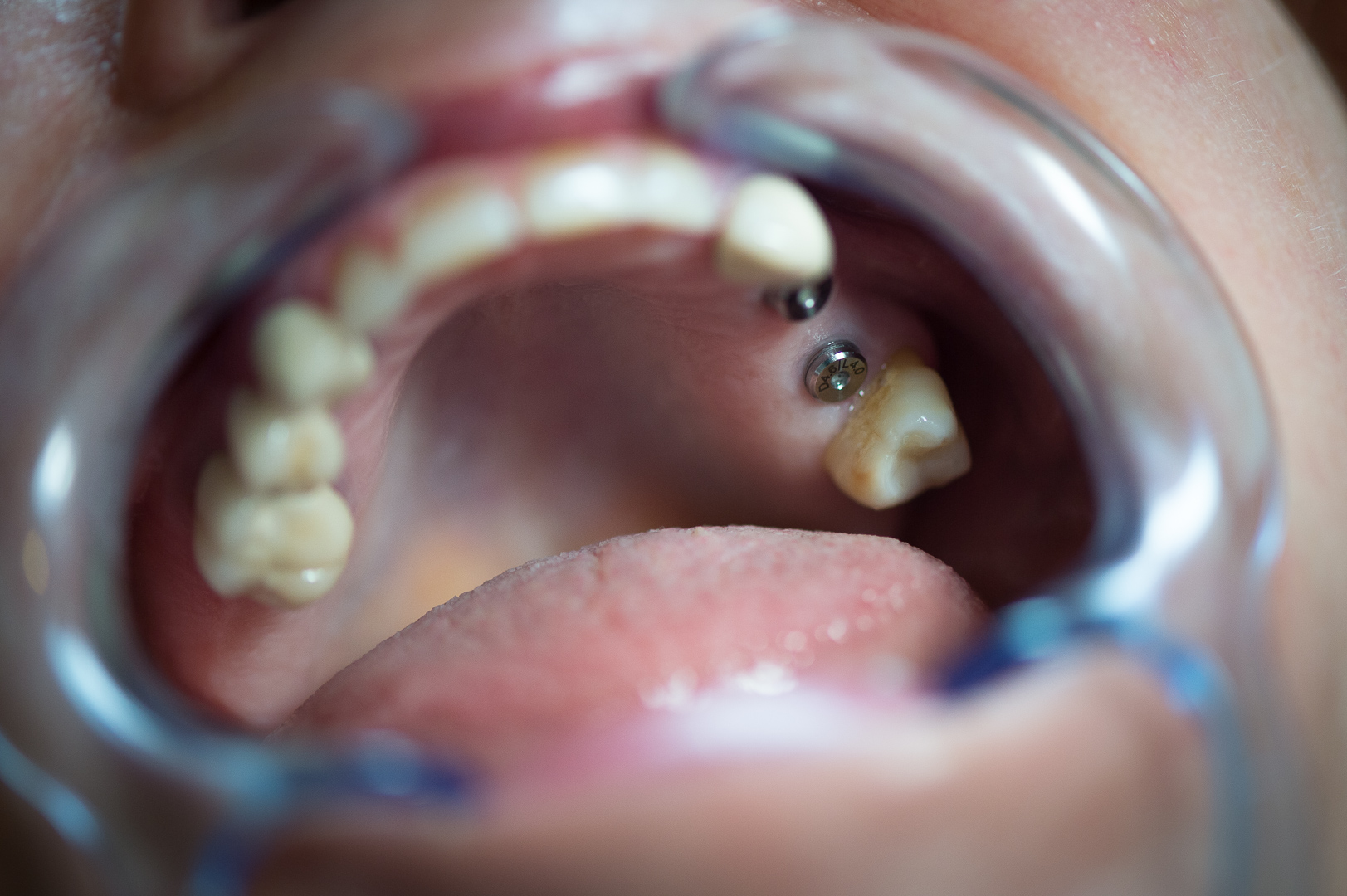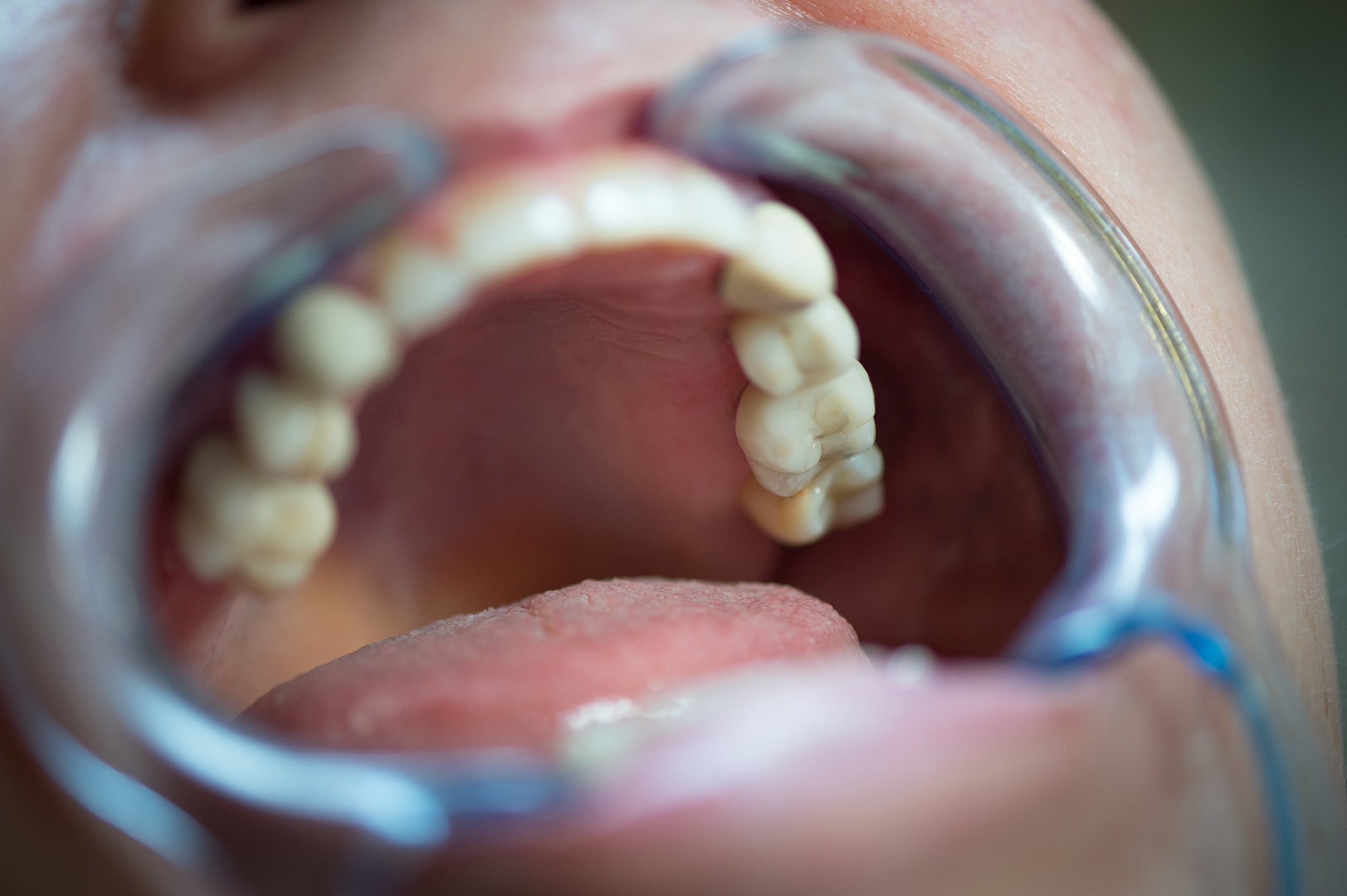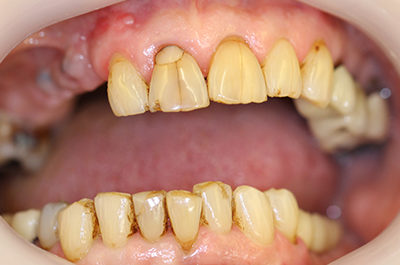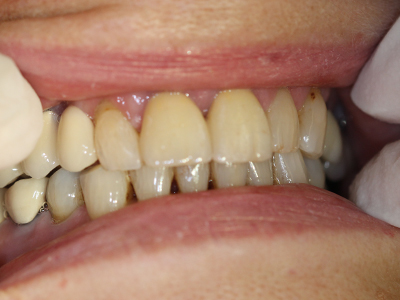All-on-4 Dental Implants

The procedure is easy, painless (implants inserted under local anaesthetic), and safe for your health. On the day of the surgery, all four implants are inserted in the morning. Our technician will work hard to get your teeth done, and within a few hours, you will leave with your brand new smile.
Read More
Dental Implants
Dental implants consist of a dental implant that goes into the jaw, an abutment, and a crown. It is essentially an artificial tooth root, the only method of tooth replacement that will stop more teeth from going missing because it replaces all of the parts of the teeth, thereby preventing the disintegration of the alveolus.
Read More
Dental Crowns
A dental crown replaces the tooth's visible portion, thereby giving back chewing function and can help with speech impediments. However, it is powerless to stop tooth loss from worsening and more teeth missing because it does not replace the tooth roots.
Read More
Dental Bridges
Dental bridges are a row of crowns meant to replace one or more teeth missing in a row. Bridges are not just aesthetic: they are needed for regular chewing functions; otherwise, you may start to experience damage to your jaw.
Read More
Dentures
Dentures are for when there are no or hardly any teeth on an entire row. Dentures can come in removable or fixed kinds and can be stabilised using dental implants or can be adhered to or use the force of suction to stay in place. The dentist will take your dental impression and get the dentures fitted. You will have to go back regularly to get them refitted.
Read More
Denture repair

If you’ve found yourself dealing with a cracked or broken denture in London, you’re definitely not alone. It’s a frustrating situation, but you don’t have to let it disrupt your day or your confidence. Forest & Ray offers same-day help for broken dentures.
Read More
Implant Supported Denture
Due to their stability and durability, only four implants are enough to support an entire denture, so even if you have lost most of your teeth, you can still benefit from the advantages of dental implants with an implant-supported denture. An implant-supported denture can give you back the ability to chew and smile like you would with your natural teeth.
Read More
Sinus Lift

In a rare oral surgical procedure, sinus lifts are performed only on the upper jaw and the teeth near the sinus cavity. If a tooth has been missing for a long time, the tissue between the sinuses and the oral cavity will become thinner and unable to house a dental implant. The dental implants may poke out into the sinus cavity in these cases. This result is unhealthy and potentially dangerous, leading to a higher risk of infections. This is where a sinus lift comes in.
Read More
Bone Grafting

Sometimes there is not enough bone material in your jaw to have a dental implant; in these cases, a bone graft is necessary. After losing a tooth, the alveolus disintegrates slowly over time, and the jaw's bone density drops dramatically; if you want to replace the tooth, you will have to bone graft. This invasive but necessary surgery requires an X-ray and a preliminary hygiene session.
Read More













